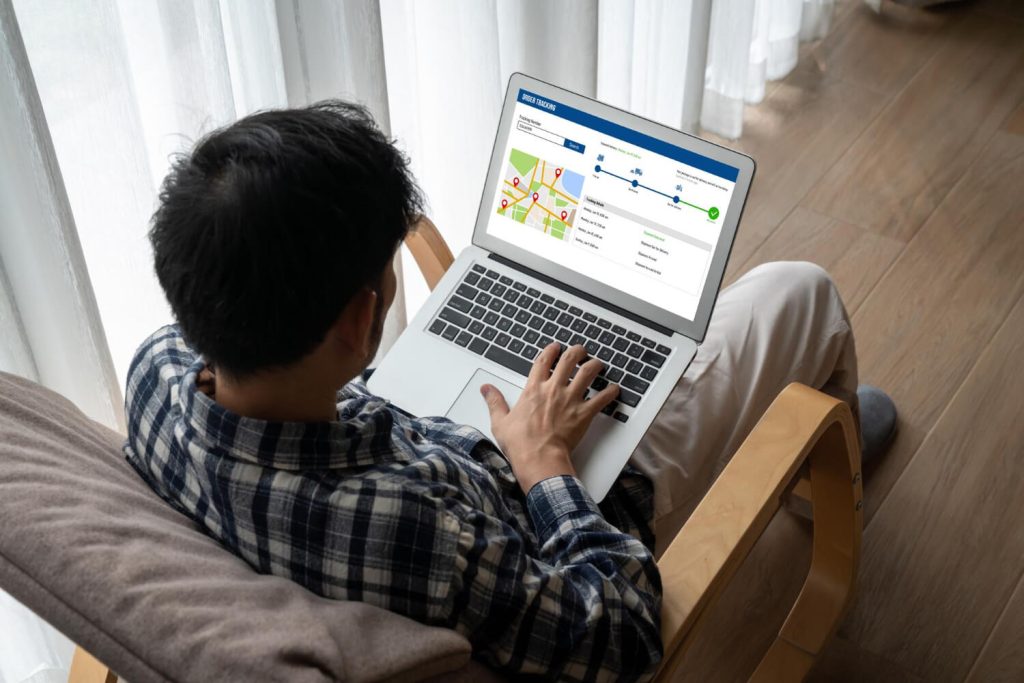In today’s digital landscape, businesses with a strong local presence have a distinct advantage. Whether you’re a small coffee shop, a dental clinic, or a boutique, ranking higher in local search results can drive more foot traffic, boost online engagement, and increase sales. Local SEO (Search Engine Optimization) is the key to making your business visible to potential customers in your area. Here are actionable tips to help you rank higher in your local area.
1. Optimize Your Google Business Profile
Your Google Business Profile (formerly Google My Business) is the foundation of your local SEO strategy. Here’s how to make the most of it:
- Claim Your Profile: Ensure your business is verified on Google.
- Fill in All Details: Include your business name, address, phone number, website, business hours, and photos.
- Use Keywords: Add relevant keywords in your business description to help users understand what you offer.
- Encourage Reviews: Positive reviews signal to Google that your business is credible and valued by customers.
Tip: Respond to reviews—both positive and negative—to show you care about customer feedback.
2. Conduct Local Keyword Research

To rank higher, you need to know what your local audience is searching for. Use tools like Google Keyword Planner or Ubersuggest to identify popular search terms in your area. Focus on keywords with local intent, such as:
- “Best pizza in [Your City]”
- “[Your City] plumber near me”
- “Affordable gyms in [Your Neighborhood]”
Once you have your keywords, incorporate them naturally into your website content, meta descriptions, and headings.
3. Optimize Your Website for Local SEO
Your website is your online storefront. Make it easy for search engines to recognize your local relevance by:
- Adding Location Pages: If you serve multiple areas, create dedicated pages for each location.
- Embedding a Map: Include a Google Map of your business location on your contact page.
- Local Schema Markup: Use structured data to help search engines understand your business details.
- Mobile Optimization: A fast, mobile-friendly site ensures visitors can find you easily on their phones.
4. Build Citations on Local Directories
Citations are mentions of your business on online directories. These mentions often include your name, address, and phone number (NAP).
- Ensure NAP Consistency: Use the same business details across all platforms.
- Submit to Popular Directories: List your business on Yelp, Yellow Pages, and local industry-specific directories.
- Claim Industry Listings: For example, a restaurant should be listed on TripAdvisor and OpenTable.
5. Leverage Local Content Marketing
Creating locally relevant content can improve your visibility in your community. Ideas include:
- Writing blog posts about local events or news.
- Publishing guides, such as “Top 10 Things to Do in [Your City].”
- Showcasing local partnerships or sponsorships.
Engaging content not only boosts your SEO but also positions your business as a trusted community resource.
6. Focus on Reviews and Reputation Management
Online reviews significantly impact local search rankings.
- Ask for Reviews: Politely request reviews from satisfied customers via email or in person.
- Monitor Your Reputation: Use tools like Google Alerts to track mentions of your business.
- Resolve Issues Quickly: Address complaints or negative reviews professionally to maintain your reputation.
7. Utilize Social Media for Local Engagement

Social media platforms like Facebook, Instagram, and Twitter are excellent tools to connect with your local audience.
- Share Local Content: Promote local events or initiatives your business supports.
- Use Geotags: Add location tags to your posts to increase visibility.
- Engage with Followers: Respond to comments and messages promptly to build a loyal community.
8. Build Local Backlinks
Backlinks from reputable local websites signal to Google that your business is trusted within the community.
- Collaborate with Local Bloggers: Offer guest posts or invite them to review your services.
- Sponsor Local Events: Many event pages include links to sponsors.
- Join Local Chambers of Commerce: Their directories often link to member websites.
9. Monitor and Improve Your Performance
SEO is an ongoing process. Regularly track your progress using tools like:
- Google Analytics: Understand how users interact with your site.
- Google Search Console: Identify any indexing issues or search term trends.
- Local Rank Tracking Tools: Monitor your rankings for local keywords over time.
Use this data to refine your strategy and capitalize on what’s working.
10. Stay Updated with Local SEO Trends
Search engines continuously update their algorithms, and what works today might change tomorrow.
- Follow SEO Blogs: Websites like Moz, Ahrefs, and Search Engine Journal provide regular updates.
- Join Local SEO Groups: Engage with other local businesses to share tips and strategies.
- Experiment: Test different approaches, such as video content or community events, to see what resonates with your audience.
Conclusion
Local SEO is essential for any business looking to thrive in its community. By optimizing your Google Business Profile, creating locally relevant content, and building a strong online presence, you can boost your visibility and attract more customers. Implement these tips consistently, and you’ll be on your way to ranking higher in your area.
Investing time and effort into local SEO ensures your business becomes the go-to choice for customers in your neighborhood. Start today and watch your business grow!

